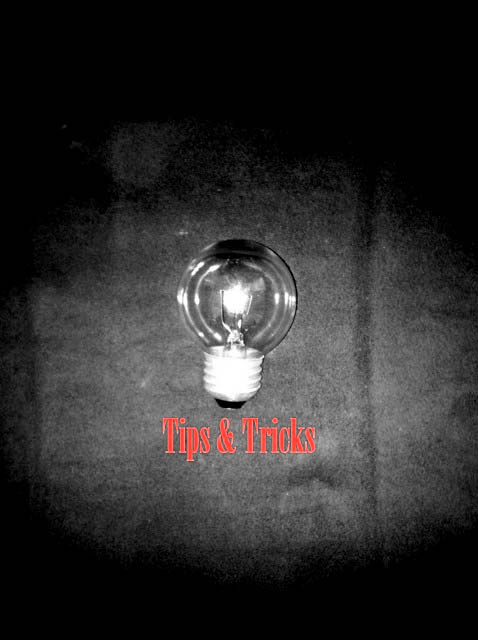Tip: Photos in Direct Mail
/ The other day, a client asked what I thought about using photos in direct mail. I sat down to shoot off a couple-sentence answer and ended up writing several paragraphs about my experience with photos -- the good, the bad and the complicated.
The other day, a client asked what I thought about using photos in direct mail. I sat down to shoot off a couple-sentence answer and ended up writing several paragraphs about my experience with photos -- the good, the bad and the complicated.
The next day, I stumbled across this article from Jeff Brooks at Future Fundraising Now, which could have saved me a lot of trouble if I'd found it earlier! I agree with his advice to test, test, test...but here are some other thoughts I shared with my client about photos.
The Good
When you find a photo that tells your story, use it. The story should be clear at a glance, or easily understood with minimal text. Color is best, but black and white or sepia can be effective for some photos. People and animals work better than things.
The Outer Envelope, the Letter and Inserts are the best places for photos. But if you're going for an image on the envelope, it needs to be particularly strong. Remember, your number one goal with the outer envelope is to get it opened, so any photo you use has to be intriguing and compelling. And you need to follow up on that intrigue in your letter copy, or the people who open the envelope are going to feel cheated.
Offering a free gift? Include a photo of the gift. Inserts are great for this, and you see many organizations put the premium photo on the OE. But be careful that you're not over-selling the premium to the detriment of the organization and your cause.
MercyCorps is one organization that uses photos well, as is NRDC -- check them out.
The Bad
I have been involved in testing photos on OEs, letters, inserts and replies. Results were generally either even with no photos, or unimpressive, with a couple of exceptions like those noted above. It would be easy to assume that photos just don't work, but the real story is this: BAD photos don't work.
Photos of people standing around -- even important people -- are ineffective in direct mail. Got a photo of your executive director shaking hands with President Obama? Great! But please don't put it in your direct mail. Landscapes often make beautiful photos, but they're a difficult sell in direct mail...unless they tell that compelling story.
And even the best photos are no good if you have to run them so small that it's hard to tell what's in them.
Bottom line: if your photo isn't going to entice a donor to give, then you're better off without it.
The Complicated
If you're running the photo in color, that will mean additional printing costs. Be sure to check to see if you need permission to reprint it, and what kind of attribution you need to supply. Using more photos means less room for copy, so if you have a wordy copywriter or an organizational tendency to include a lot of information in your letters, you'll have to remember to cut.
I really do like using photos in direct mail. When done well, they can boost response and give your donors a great sense of what your organization is all about. But it's important to choose the right photo, put it in the right place, and test, test, test!


